The LED is a semiconductor device emitting a light color. It is radically different from traditional light sources, such as incandescent lamps, fluorescent lamps and high pressure discharge lamps. How is he arranged?
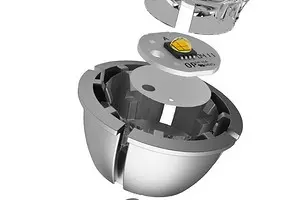
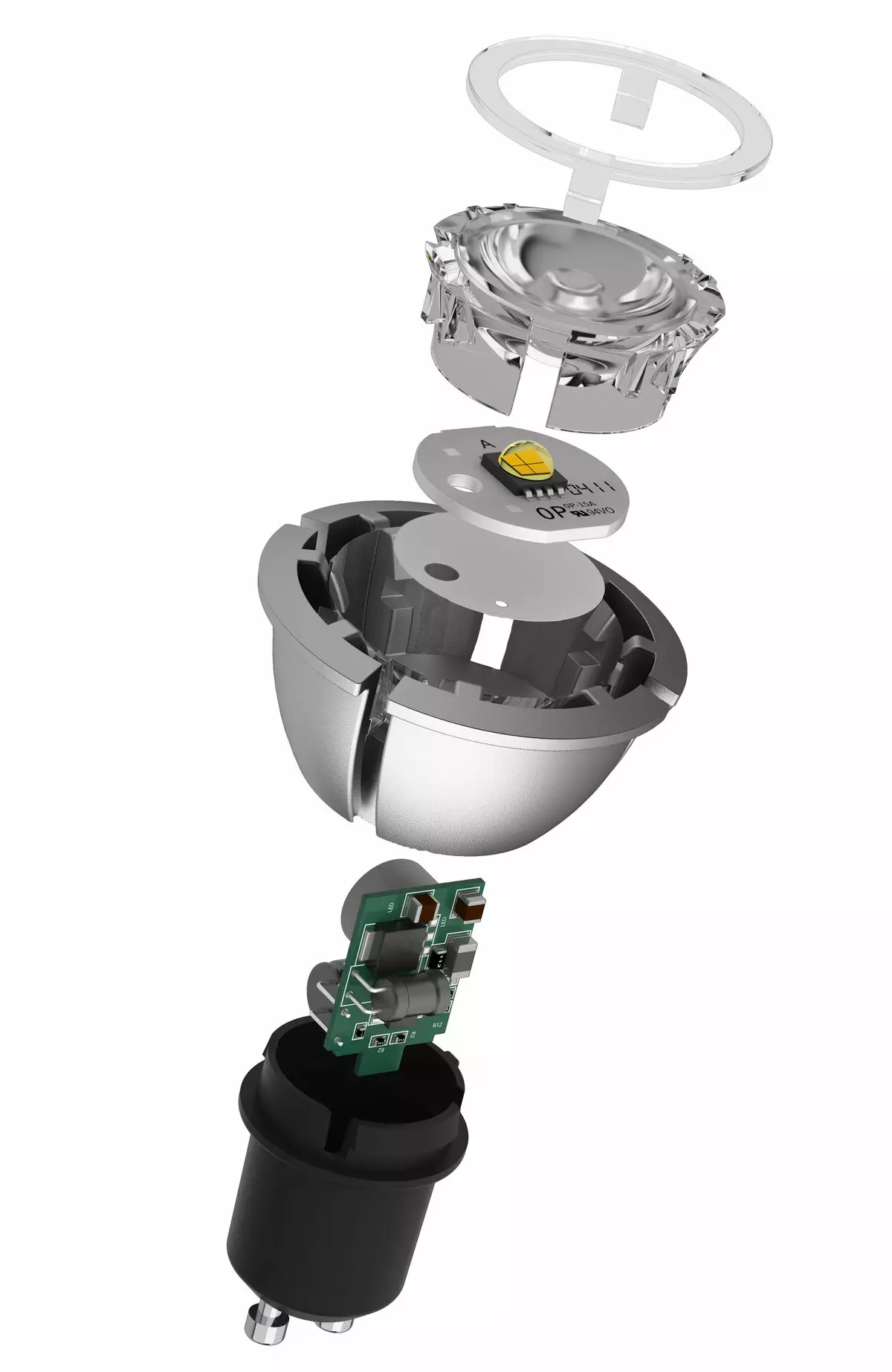
Photo: Verbatim.
There is no gas and gas thread in the LED, it does not have a fragile glass flask and potentially unreliable moving parts. The radiation of the light is carried out at the expense of the recombination of electrons and holes under the action of the current during the electron-hole transition in the semiconductor, as a result of this process, photon energy from a strictly defined wavelength is released. What it is?
It is simplified this one can imagine a semiconductor as two halves of substances separated by a thin interlayer of the dielectric. In one half there is an excess of negatively charged particles (electrons). In another, an excess of positively charged particles (holes). Under the influence of the current particle get the opportunity to break through the dielectric layer. The meeting of a positive and negatively charged particle is accompanied by the release of energy in the form of photons with a strictly defined wavelength. It can be both photons with a wavelength of visible light (red, green, blue) and photons in the invisible part of the spectrum, for example, ultraviolet or infrared.
At first (in the sixties), LEDs appeared with a red glow, then with green, but only in 1993 the blue high-brightness LEDs were created. From that moment, the development of lighting devices based on LEDs, which can give any color of lighting, including white.
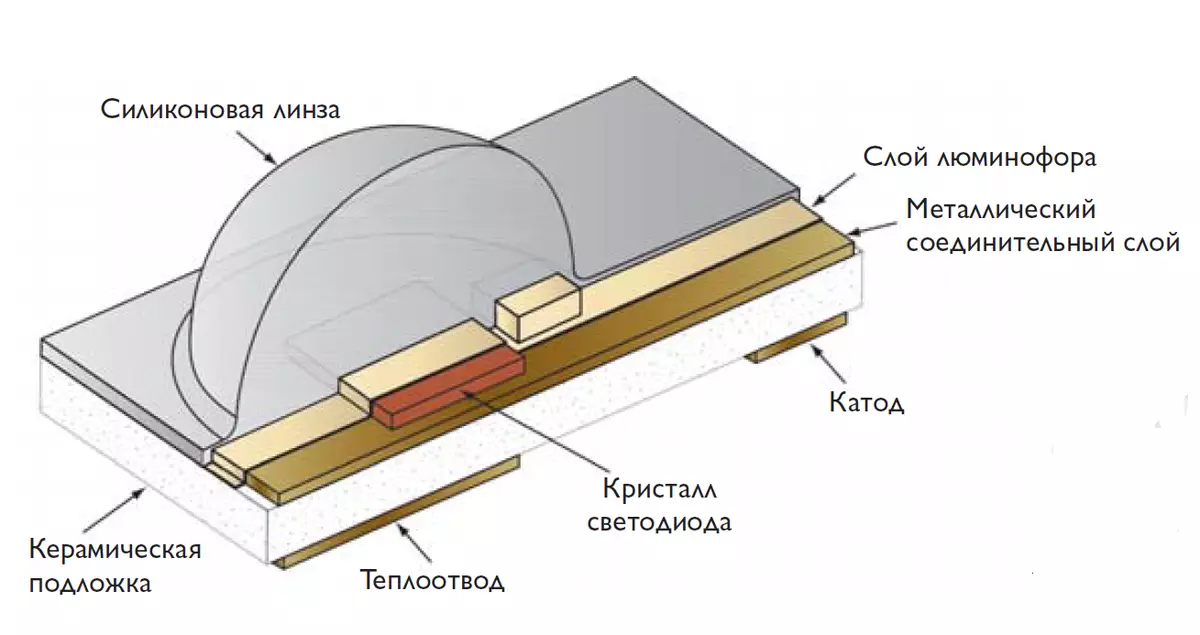
Photo: Philips.
All lighting LEDs have the same basic design. They include a semiconductor chip (or crystal), a substrate to which it is installed, contacts for electrical connection, connecting conductors for connecting the contacts to the crystal, heat sink, lens and housing.
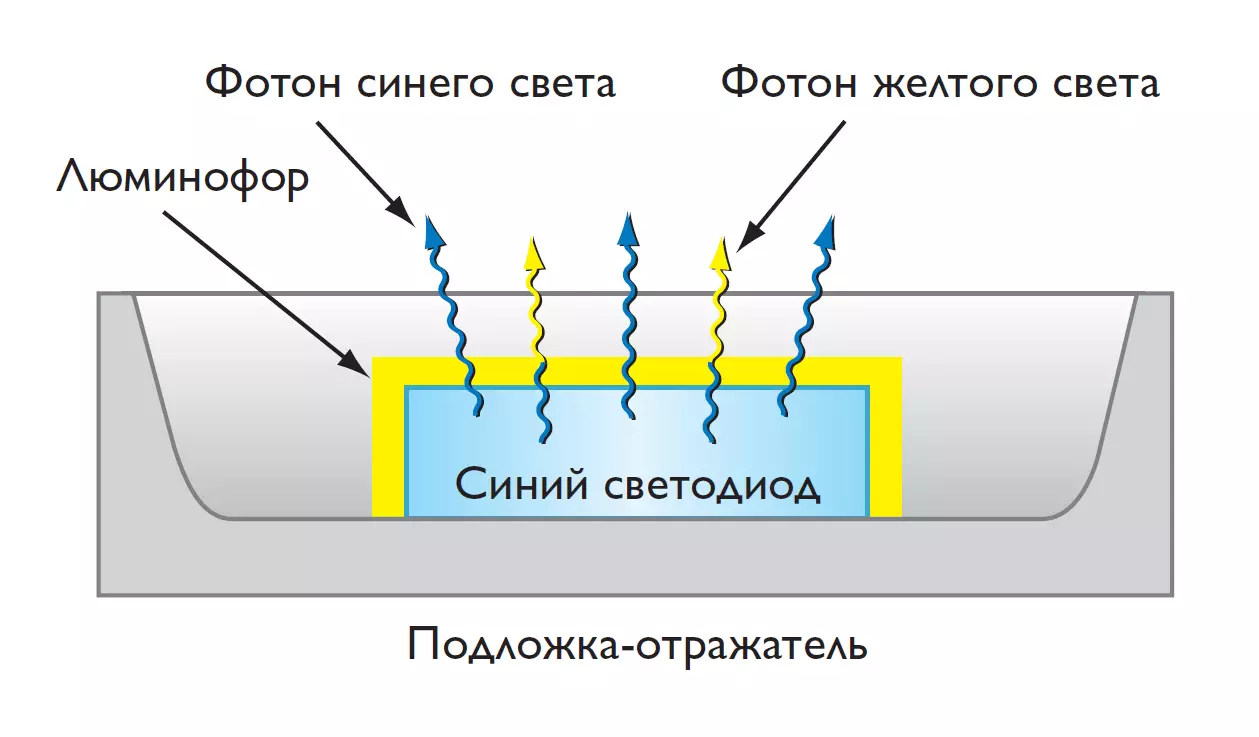
Photo: Philips.
Why were the blue LEDs so important? The fact is that it is with their help that you can get the colors of other shades. For this, the LED crystal is covered with a luminophore, luminous with the light of a certain tone. Luminofor technologies for producing white light involve the use of one short-wave radiation LED, for example, blue or ultraviolet, in combination with a yellow luminophore coating. The photons generated by the LED, or pass through the luminophore layer unchanged, are either converted to it in the photons of yellow light. The combination of photons of blue and yellow color creates a white light.
The method of mixing light from three LEDs of different shade (red, green and blue) is called the RGB method. It makes it possible to create a white light of an accurate shade having the ability to emphasize the illuminated colors. However, to create a white RGB, a relatively complex equipment is required, since three LEDs should be used in one source. In this case, the resulting light unnaturally transmits pastel colors, which is the main consequence of the low white light color rendering index obtained by the RGB method, therefore, this method is not used in the lamps (but is used in light panels or in light ribbons).
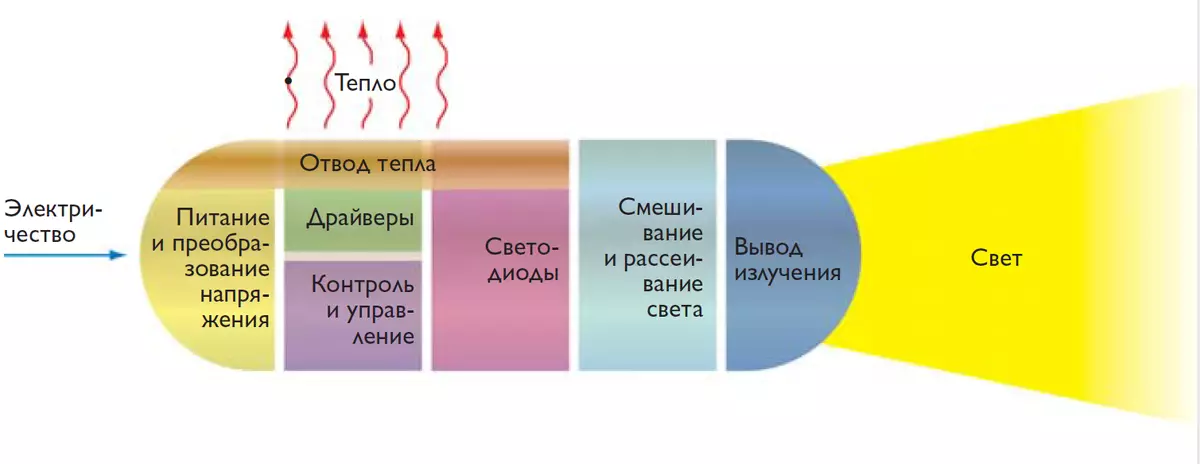
Photo: Philips.
The main components of the LED light instrument include:
- Actually, the LEDs and electronics themselves, ensuring their work.
- Power supply with microprocessor control, voltage converters and control circuit.
- Heat removal devices (ventilation holes and radiators).
- Lenses and targeting equipment for the direction, mixing and dispersion of light.
The editorial board thanks the company Philips for the help in the preparation of the article

